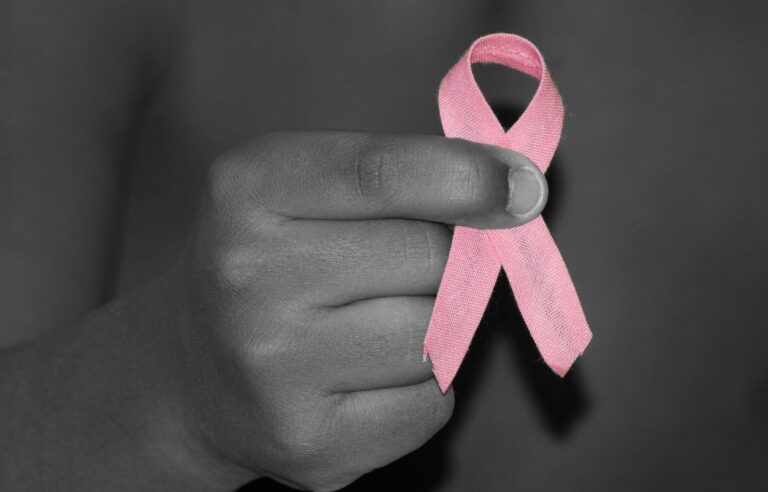Breast cancer is one of the most common cancers worldwide, affecting millions of women each year. Among the different types of breast cancer, Triple Negative Breast Cancer (TNBC) stands out due to its aggressive nature and limited treatment options. This article provides a comprehensive overview of TNBC, including its historical background, causes, symptoms, treatment approaches, and prognosis.
A Historical Overview of Triple Negative Breast Cancer
The term Triple Negative Breast Cancer was first introduced in the early 2000s when researchers identified a subset of breast cancers that did not express the three key receptors: estrogen receptor (ER), progesterone receptor (PR), and human epidermal growth factor receptor 2 (HER2). This distinction was crucial because traditional hormone therapies and HER2-targeted treatments were ineffective against these tumors.
Since its classification, TNBC has been the subject of extensive research due to its aggressive behavior, higher recurrence rates, and limited treatment options. Scientists continue to study the genetic and molecular basis of TNBC to develop more effective therapies.
Current Global Statistics
TNBC accounts for 10-15% of all breast cancer cases worldwide. It is more commonly diagnosed in:
- Younger women, particularly those under 40
- African and African-American women, who have a higher genetic predisposition
- Women with BRCA1 gene mutations, who face an increased lifetime risk of developing TNBC
According to recent global cancer reports, the five-year survival rate for TNBC is lower than other breast cancer types, primarily due to its aggressive nature and limited targeted treatment options.
Causes and Risk Factors of Triple Negative Breast Cancer
While the exact cause of TNBC remains unknown, several risk factors have been identified:
1. Genetic Mutations
Women with BRCA1 mutations have a significantly higher risk of developing TNBC. Genetic testing is recommended for individuals with a family history of breast cancer.
2. Age and Ethnicity
TNBC is more common in women under 40, and studies show a higher prevalence among African, Hispanic, and Middle Eastern populations.
3. Obesity and Lifestyle Factors
Obesity, a sedentary lifestyle, and poor dietary habits contribute to an increased risk of TNBC, emphasizing the importance of maintaining a healthy weight.
4. Pregnancy and Hormonal Influence
Women who have never given birth or had their first pregnancy after 30 may be at a slightly higher risk. Unlike hormone-positive breast cancers, TNBC is not fueled by estrogen or progesterone, making it resistant to hormone therapies.
Symptoms of Triple Negative Breast Cancer
TNBC symptoms are similar to those of other breast cancers but tend to progress more rapidly. The most common signs include:
- A lump in the breast that is hard, irregular, and grows quickly
- Swelling or changes in breast shape
- Nipple inversion or discharge, sometimes containing blood
- Pain or tenderness in the affected area
- Redness or dimpling of the skin (peau d’orange appearance)
It is crucial to seek medical attention if any of these symptoms persist, as early detection significantly improves treatment outcomes.
How is Triple Negative Breast Cancer Diagnosed?
1. Mammogram and Ultrasound
A mammogram or ultrasound can help detect suspicious lumps in the breast.
2. Biopsy
A core needle biopsy is the gold standard for confirming TNBC. Pathologists analyze the tumor cells to check for hormone receptor status.
3. Immunohistochemistry Testing
This test determines whether the tumor is negative for ER, PR, and HER2, classifying it as TNBC.
4. Genetic Testing
Patients, especially those under 40 or with a family history of cancer, may be advised to undergo BRCA1 and BRCA2 gene testing to assess hereditary risk.
Treatment Options for Triple Negative Breast Cancer
Since TNBC lacks hormone receptors, conventional hormone therapies are ineffective. The main treatment options include:
1. Surgery
Depending on the tumor stage, patients may undergo:
- Lumpectomy (breast-conserving surgery) for small tumors
- Mastectomy (full breast removal) for larger or aggressive cases
2. Chemotherapy
Chemotherapy remains the primary treatment for TNBC, often given before surgery (neoadjuvant chemotherapy) to shrink tumors or after surgery (adjuvant chemotherapy) to reduce recurrence.
3. Immunotherapy
Checkpoint inhibitors like Pembrolizumab (Keytruda) have shown promise in treating advanced or metastatic TNBC by boosting the immune system’s response to cancer cells.
4. Targeted Therapy
PARP inhibitors such as Olaparib (Lynparza) and Talazoparib (Talzenna) are effective in TNBC patients with BRCA mutations.
5. Radiation Therapy
Patients with high-risk TNBC may receive radiation therapy after surgery to lower the chances of local recurrence.
Prognosis and Survival Rates
The prognosis of TNBC depends on factors such as tumor size, lymph node involvement, and genetic mutations. Generally, TNBC has a higher recurrence rate within the first 3-5 years after treatment. However, if the disease does not return within five years, long-term survival chances improve significantly.
The five-year survival rate for localized TNBC is approximately 77%, but it drops to 12% for metastatic cases. Early detection remains key to improving outcomes.
Can Triple Negative Breast Cancer Be Prevented?
While TNBC cannot be entirely prevented, adopting a healthy lifestyle and undergoing regular screenings can reduce the risk. Preventive measures include:
- Maintaining a healthy weight
- Exercising regularly
- Avoiding excessive alcohol consumption
- Quitting smoking
- Considering genetic counseling if there is a family history of breast cancer
Women at high risk, especially those with BRCA mutations, may opt for preventive mastectomy or intensified screening programs.
Final Thoughts
Triple Negative Breast Cancer is a challenging diagnosis due to its aggressive nature and limited treatment options. However, advancements in chemotherapy, immunotherapy, and targeted treatments are improving survival rates. Early detection through regular breast screenings and awareness of risk factors and symptoms can significantly enhance treatment outcomes.


